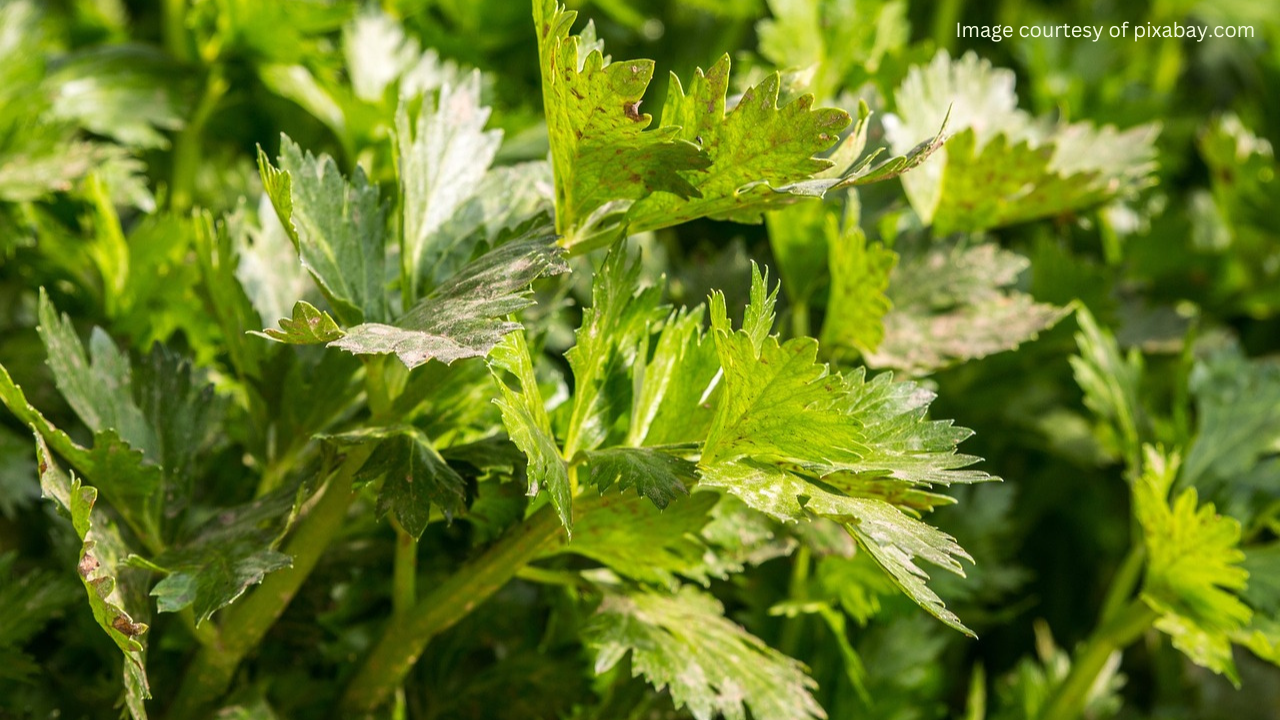Planting celery can be a rewarding experience for gardeners looking to add a versatile and nutritious vegetable to their garden. In this comprehensive guide, we'll explore everything you need to know to successfully grow celery at home.
Climate and Location
Celery thrives in cool weather conditions with temperatures ranging from 60°F to 70°F. It's essential to choose a planting location with adequate sunlight and good air circulation.
Soil Conditions
Celery prefers well-drained soil rich in organic matter. A pH level of 6.0 to 7.0 is ideal for optimal growth.
Sunlight and Watering Needs
Celery requires full sun exposure for at least six to eight hours a day. Consistent watering is essential to keep the soil evenly moist but not waterlogged.
Soil Preparation
Before planting, amend the soil with compost or well-rotted manure to improve fertility and structure.
Adding Compost and Fertilizers
Incorporate organic fertilizers such as compost or aged manure into the soil to provide essential nutrients for celery growth.
Starting Celery from Seeds
Starting celery from seeds allows you to control the growing environment and ensures strong, healthy plants.
Transplanting Seedlings
Once the seedlings have developed true leaves, transplant them into individual pots to promote healthy root development.
Timing
Plant celery in early spring or late summer for best results.
Spacing and Depth
Space celery plants 6 to 8 inches apart in rows, with rows spaced 18 to 24 inches apart. Plant seedlings at the same depth as they were in their pots.
Caring for Celery Plants
Proper care is essential to ensure healthy celery growth and prevent common issues such as bolting and pest infestations.
Watering
Keep the soil consistently moist, watering deeply once or twice a week, depending on weather conditions.
Fertilizing
Apply a balanced fertilizer every 2 to 3 weeks to promote vigorous growth and development.
Mulching
Mulch around celery plants to conserve moisture, suppress weeds, and regulate soil temperature.
Dealing with Common Celery Plant Problems
Celery is susceptible to certain pests and diseases that can affect plant health and productivity.
Pests
Common celery pests include aphids, celery leaf miners, and slugs. Use organic pest control methods such as insecticidal soap or neem oil to manage infestations.
Diseases
Celery is prone to diseases such as early blight, bacterial leaf spot, and celery mosaic virus. Practice crop rotation and good garden hygiene to prevent disease outbreaks.
Harvesting Celery
Knowing when and how to harvest celery ensures optimal flavor and texture.
Timing and Techniques
Harvest celery stalks when they reach the desired size, typically 12 to 18 inches in length. Use a sharp knife to cut stalks at the base of the plant, taking care not to damage neighboring stems.

FAQs
-
Can I grow celery in containers?
- Yes, celery can be grown in large containers with adequate drainage and soil depth.
-
How long does it take for celery to mature?
- Celery typically takes 3 to 4 months to reach maturity from seed to harvest.
-
What are some companion plants for celery?
- Good companion plants for celery include onions, carrots, and tomatoes.
-
Why are my celery stalks thin and stringy?
- Thin and stringy celery stalks may result from inadequate watering or nutrient deficiencies.
-
Can I regrow celery from kitchen scraps?
- Yes, you can regrow celery from the base of a harvested stalk by placing it in water or soil.


1 comment
मायकल लोपीस
सेलरी ची लागवड कशी करावी
बियाणे कुठे मिळेल